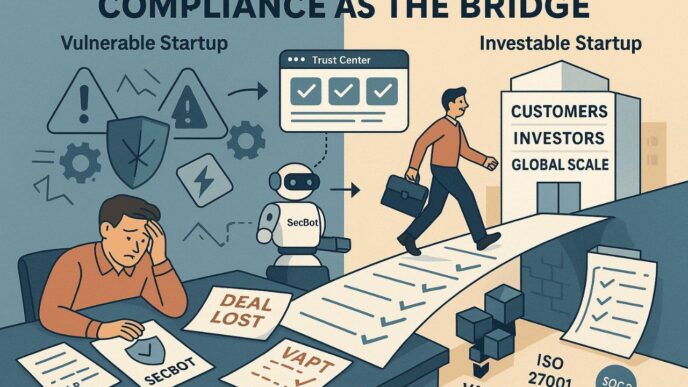In an era influenced by technology, websites assume an essential role in creating an online footprint for businesses and individuals. But as the digital landscape evolves, so do the threats that pose risks to the integrity and security. Know that cyber threats loom large and it necessitating proactive measures to future-proof your website against all the potential breaches. Today, we will explore the best practices that can help you fortify your digital fortress and ensure that your website remains resilient in the face of evolving cyber threats.
- Robust Authentication Protocols:
The first line of defense against unauthorized access is the implementation of robust authentication protocols. The conventional use of a username and password is now deemed inadequate. Know that adopting multi-factor authentication becomes imperative as it introduce an additional level of security. This might encompass a blend of knowledge-based factors (password), possession-based elements (a mobile device), and inherent features (biometric verification). MFA significantly reduces the risk of unauthorized access, making it a cornerstone in fortifying your website. Moreover, it is essential to evaluate hosting plans meticulously when considering future-proofing strategies for your website. You need to ensure that these plans align with the best practices to fortify your digital presence against cyber threats
- Secure Data Transmission with HTTPS:
Securing the transmission of data holds paramount significance when handling sensitive information. The incorporation of Hypertext Transfer Protocol Secure stands as a crucial step in ensuring this security. Know that this protocol facilitates the encryption of data during the exchange between the user’s web browser and your website. The process of intercepting or tampering with the exchanged data becomes more challenging for malicious entities by employing HTTPS. Know that this encryption acts as a robust shield, heightening the overall security posture of the communication channel and mitigating the risks associated with unauthorized access or manipulation of sensitive data. Search engines prioritize HTTPS websites and it will positively impact your site’s SEO ranking.
- Conduct Security Audits:
Finding and fixing such vulnerabilities requires regular security audits and vulnerability assessments. Frequent audits assist you in staying ahead of cyberthreats. You can use automatic tools and manual examinations to identify vulnerabilities in your code, server configuration, and third-party plugins. Taking care of these problems as soon as you can ensures that your website is safe from increasingly frequent attacks.
- Regular Software Updates and Patch Management:
Outdated software is one of the common vulnerability that cybercriminals exploit. Try to ensure that your website’s content management system, plugins, and server software are up to date with the latest security patches. Regularly check for updates and apply them promptly. This practice not only closes potential security loopholes but also enhances the overall performance and functionality of your website.
- Implementing a Web Application Firewall:
A Web Application Firewall acts as a protective barrier between your website and the internet, filtering out malicious traffic and preventing potential attacks. It analyzes incoming traffic for suspicious patterns and blocks malicious requests before they reach your web server. Do not forget to consider compatibility with your vps hosting environment to ensure seamless protection against potential cyber threats. Know that by adding an additional layer of security, a WAF helps defend against common web application attacks, such as SQL injection and cross-site scripting.
The protection of your website from cyber threats is an ongoing and dynamic endeavor that requires continuous diligence, a vigilant approach, and a proactive mindset. Staying ahead of possible risks necessitates not only the implementation of effective security measures, but also the constant upgrading and adaptation of your defensive techniques to the ever-changing environment of cybersecurity threats. By implementing best practices you can greatly improve the resilience of your website in the ever-changing digital landscape. Stay informed, stay secure, and future-proof your digital presence against the challenges that lie ahead.













